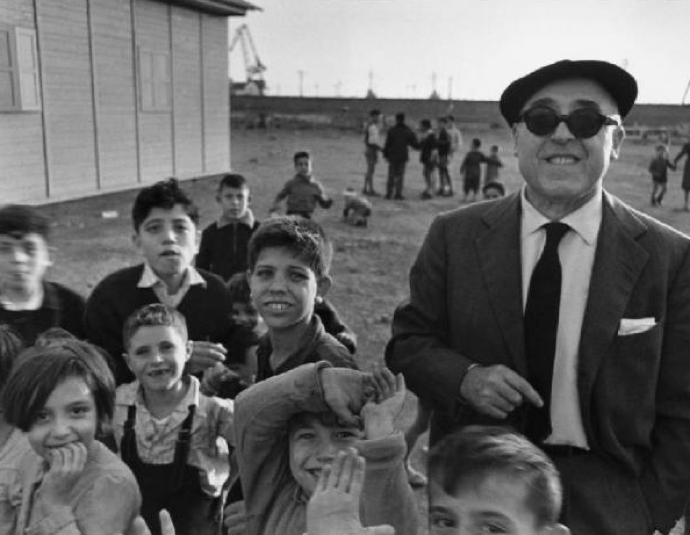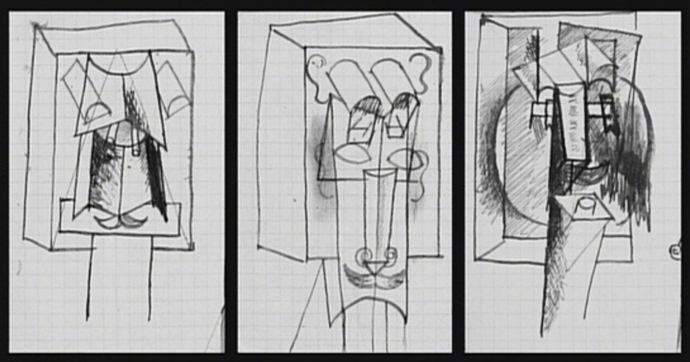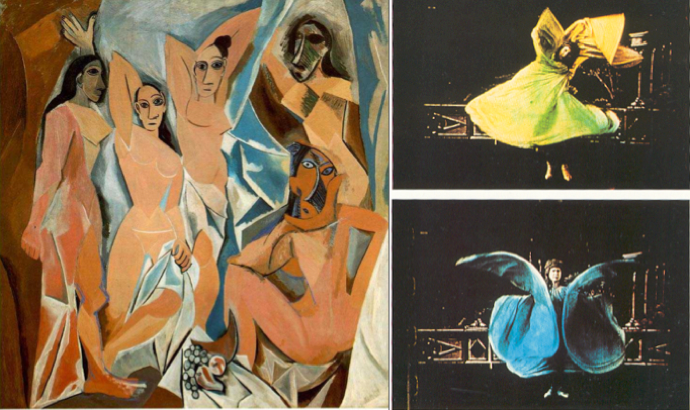Nov 9, 2011 0
Cesare Zavattini on Wonder [Sequences of a Cinematic Life, 1970]
I love it when people send me things. Here is something a reader sent me yesterday, in response to my post about the novel and the subsequent film adaptation of Contempt.
No words we can write will ever change the age-old power of the vulgar interests that collaborate to distinguish the film from literature, creating two aesthetic systems and two moralities. We are content with the illusion that one day they will say: “from the very beginning, perhaps twenty individuals understood that the right wasn’t Hollywood’s, that the spectacle which began on the boulevards with the Lumière brothers was the beginning of the sickness.” The first theaters were called nickelodeons: a nickel was the price. And it was urgent to master the medium with a cost so low it could be within the reach of many individuals, like paper and ink, paints; film and lenses should have been brought into the home like sewing machines (then there would have been no producers, the apex of a bourgeois system, “applied” cinema, now defended, like a certain kind of publishing, by a wall of iron, the cliche about work being given to thousands of citizens). A return to man, to the creature who in himself is “all spectacle”; this would liberate us.
Set up the camera in a street, in a room, see with insatiable patience, train ourselves in the contemplation of our fellowman in his elementary actions. We will abandon trick photography, process shots, the infinite subterfuges so dear to Méliès. The wonder must be in us, expressing itself without wonder: the best dreams are those outside the mist, which can be seen like the veins of leaves.
—Cesare Zavattini



